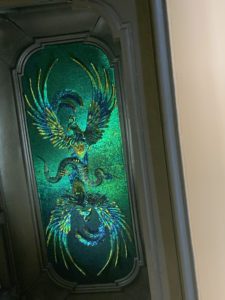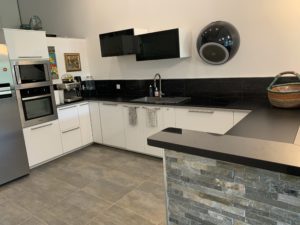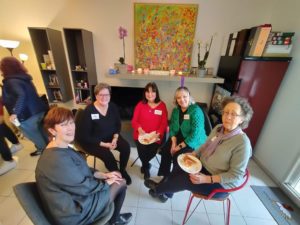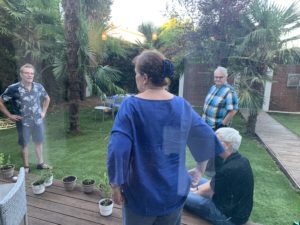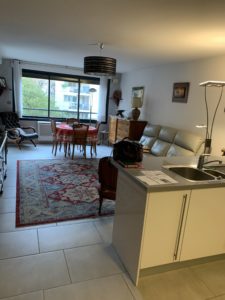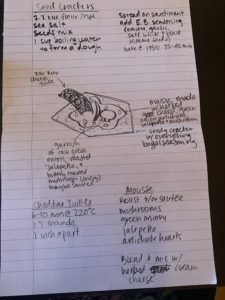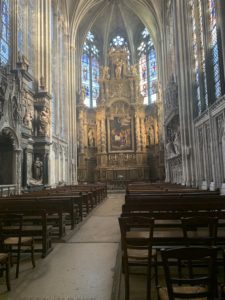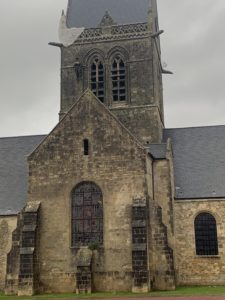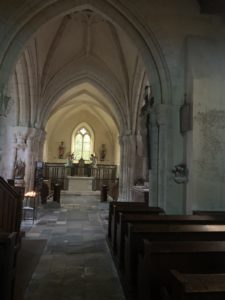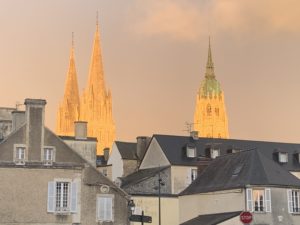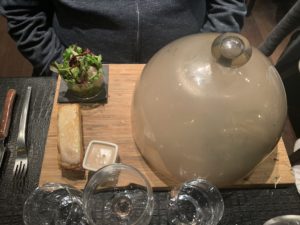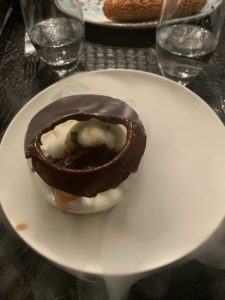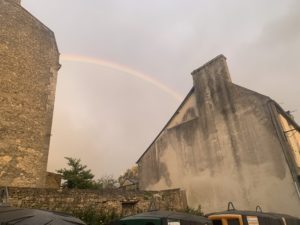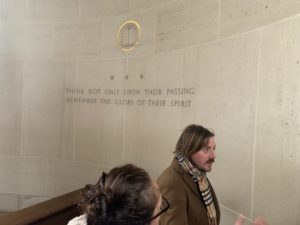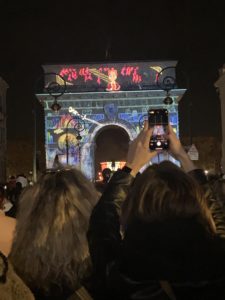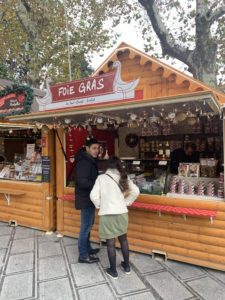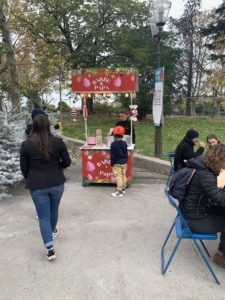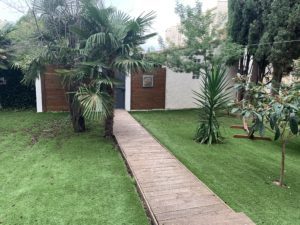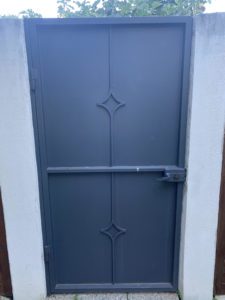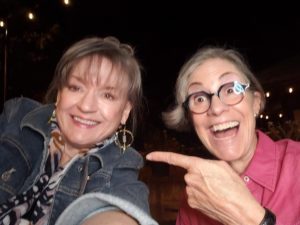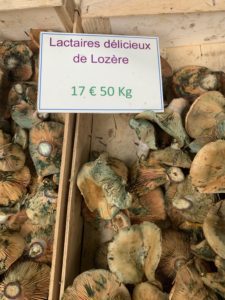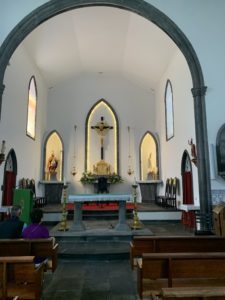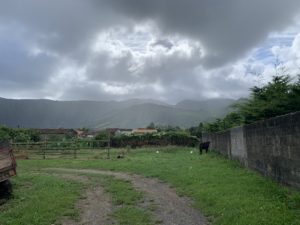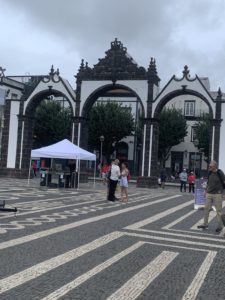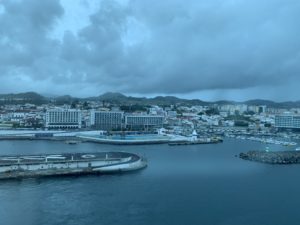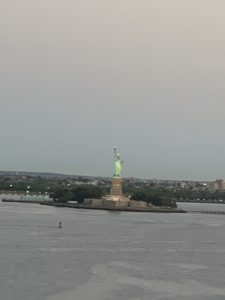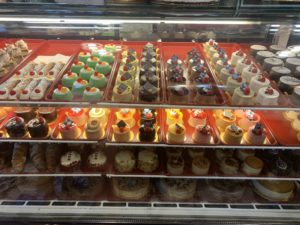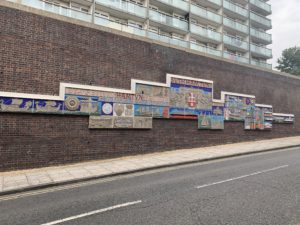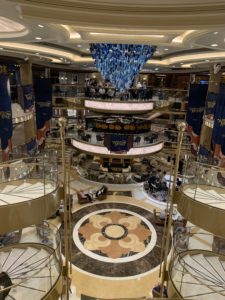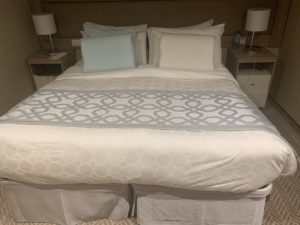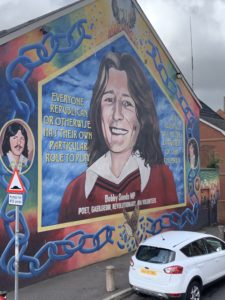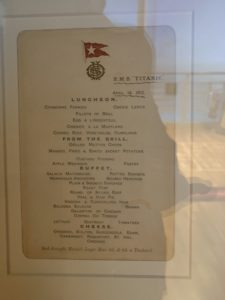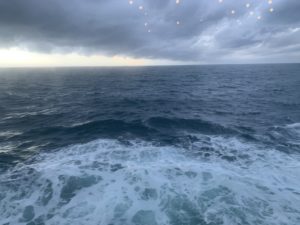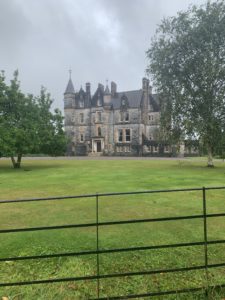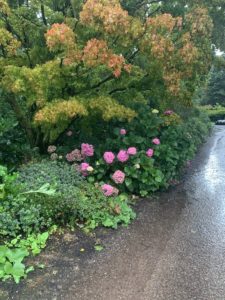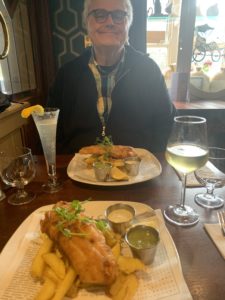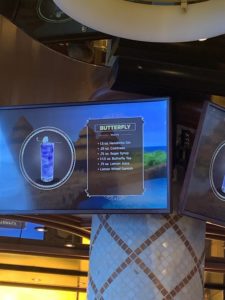We bought an apartment!
Part One. Probably part one of many.
We really, really love our adopted city, Montpellier. Every time we venture into the Écusson (old town; it’s shaped like a shield, hence the name), we discover something enchanting, interesting, or downright funny.
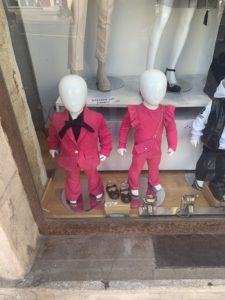
This shop window display cracked me up!
And now, since we have a (too big but lovely) car, we can venture outside the confines of public transportation. Recently we decided on a whim to drive to the beach, a 25-minute drive from our home. We parked (for free!) and stopped at a funky beach restaurant for lunch before heading to the sand.
 Yes, we often have wine at lunch–especially at the beach!
Yes, we often have wine at lunch–especially at the beach!
This beach, unlike another we have frequented, is quiet, with no restaurants or shops, just lovely beach homes and the sea. We strolled a while before proceeding to enjoy a leisurely drive along the coast.

Quiet Mediterranean beach
On Sundays we often visit the nearby brocante (flea market), where we occasionally purchase but always enjoy looking at everything. On this visit we bought a large cut glass flower vase for 15 euros. Walking home, we stopped for two essentials: a baguette and flowers.
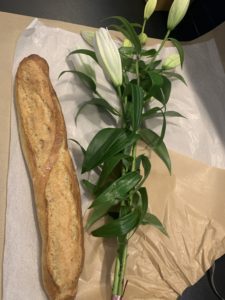 Sunday shopping
Sunday shopping
We have experienced such joy living in Montpellier, and we decided very early that this would be our home in France. After a half-hearted debate about whether to buy or rent (we already knew that buying would win), we began our home search with Renestance’s founder, Dennelle Taylor Nizoux. Having a buyer’s agent enabled us to actually get appointments for viewings (not easy!), as well as having an expert’s help and advice at every step. Denelle created a spreadsheet to track our wish list and measure each option against our criteria. After viewing countless homes online and nine in person (and being outbid on one place), we settled on a small apartment in our favorite neighborhood, Antigone.
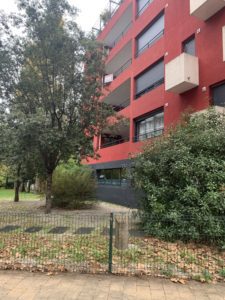
Our building
We made a full-price, cash offer on December 4 (we are too old to qualify for a mortgage!!!), and on March 7 we finally closed the sale. Have I mentioned that things move slowly in France? Assisting with the closing was Pogo, the notaire’s enormous shaggy dog, who posed with us after the final paperwork was signed.

Pogo is even bigger than he looks in this picture!
We were super excited to be homeowners! Before moving in, we had a lot of work to do. First up was cleaning. We have sold eight homes in our marriage, and each time we have left them spotless, with flowers and a welcome note for the new owners. Apparently that is NOT a thing in France! The apartment was quite grimy, so, armed with rubber gloves and alcohol (our new all-purpose cleaner recommended by our son), we got to work.

This spice rack in the kitchen was gross!
After a thorough scrubbing, the next step was finding someone to do the renovations. We plan to completely replace the kitchen (we bought a new kitchen and a lot of furniture from superstore BUT, where I think they should award us the Best BUT Customer award), reconfigure the bathroom, and repaint the entire apartment. The selling agent’s son came highly recommended, and we really liked him, but there was a catch: he is fully booked until September! We were shocked, so of course after the meeting we headed to a bar for cocktails and frites. By the time we’d consumed them, we had calmed down and realized that we could move in and live with things as they were until September.

CAD image of our new kitchen
And we love the location! On our first day there while we were cleaning, I heard noises and a loudspeaker but couldn’t figure out what it was. Soon the mystery was solved, as an enormous manifestation (protest demonstration) slowly passed our building. There had to be over a thousand people marching, protesting the proposed increase in retirement age from 62 to 64.

We live on the protest path!
After we had the apartment clean, we scheduled deliveries. We received our “American frigo,” washer and dryer, sleeper sofa, and TV, all of which were put in place easily.

Most French people don’t have a clothes dryer, but we’re a bit spoiled.
Suddenly a voice came from our bedroom. “Madame, il n’y a pas de pieds pour le lit,” said the delivery guy. Sure enough, the bed had no feet. We had bought an electric bed with the motor on the bottom, so without feet he could not set up the bed. Back to BUT I went, and 110 euros later our bed had feet!

This bed has no feet!
Phil and I were able to set up the bed, and this week I had a small nap on it. Lovely! While we were roaming throughout the U.S., we experienced a variety of bed quality, some great and some just ok. But we always missed the electric bed we had in Wimberley, so an electric bed was on our “must-have” list.
Later on delivery day a beautiful fox-like dog rushed into our apartment. She let me pet her for a moment, but then she was off to explore our new digs. Her human arrived, she ignored said human’s efforts to collect her, and finally she was cornered, picked up, and carried back home to an apartment down the hall. An hour later, said human knocked on our door and explained that he was moving out that day. I was able to make a joke in French about whether he was moving out because we were moving in (hurray for toddler-level French!), as he held out our first housewarming gift: a bag of frozen french fries. Hilarious!

Housewarming frites!
Yesterday we met with another contractor who may be able to tear out the old kitchen so we can get the new one installed before September. We’ll keep our fingers crossed, and maybe soon I’ll have some before and after photos to share! Meanwhile, we will be busy moving non-essential things over, hosting friends for a last apéro at our old place, and planning our big move.We are beyond grateful and excited for our next adventure!
![]()
![]()
![]()
![]()



